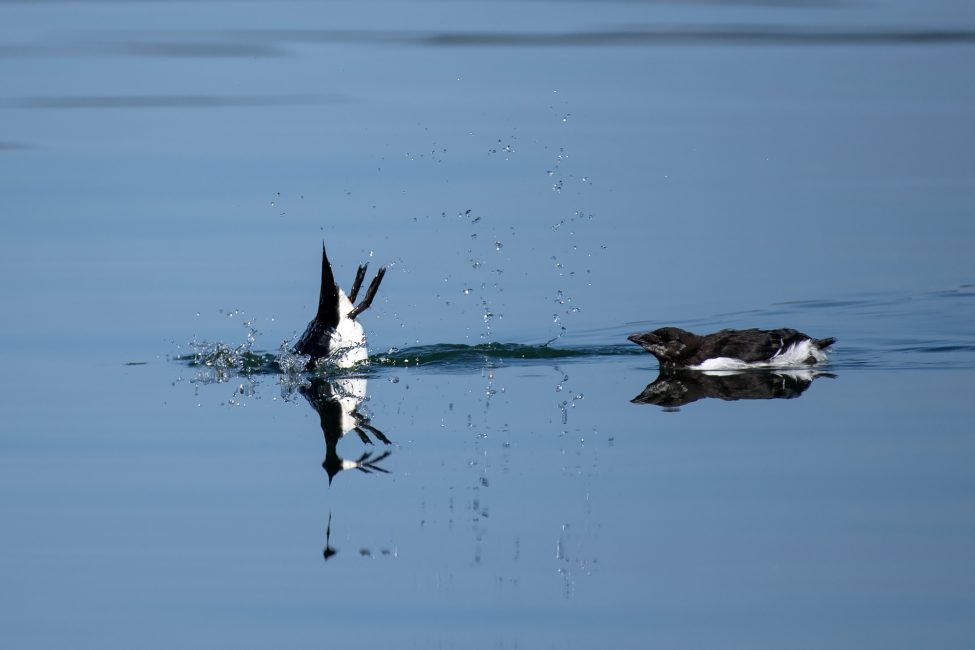
September 23, 2024
Bottoms Up
- as seen by -
 Julie Larsen
Julie Larsen
On a serene summer day, the bay is blue and smooth off the coast of Lubec, Maine, the easternmost town in the United States, and nearby Campobello Island in New Brunswick, Canada.
Paddling past the starboard side of our boat is a razorbill (Alca torda) with its hungry chick in pursuit. The youngster makes small croaking sounds alerting its parent to its whereabouts and its wish for another meal.
Razorbills are black-and-white feathered relatives of Atlantic puffins and members of the alcids, a family of birds that live and forage in the sea. They build nests of stone among the ledges of the steep and rugged coast in this area of Maine.
According to Maine.gov, razorbill eggs are laid during May and June and hatch about a month later. A single chick is cared for by both parents. Before it fledges, the young bird makes a leap of faith from the rocks into the sea. The male parent accompanies the chick and feeds it for several weeks until the juvenile becomes independent.
With continuing encouragement from its 2-month-old chick, this razorbill father makes a deep dive in search of schooling fish such as Atlantic herring and capelin.
Although razorbills’ conservation status on IUCN’s Red List of Threatened Species is Least Concern, they are a threatened bird species in Maine due to gull predation and human activities through history including overharvesting and oil pollution.
Nikon D5
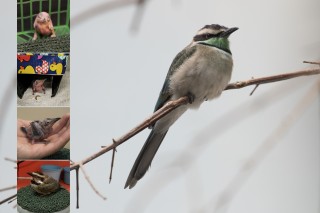
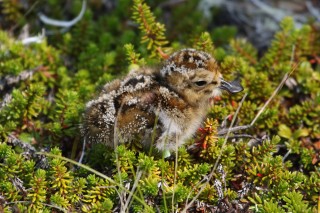
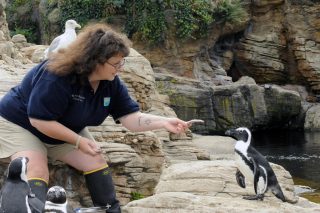
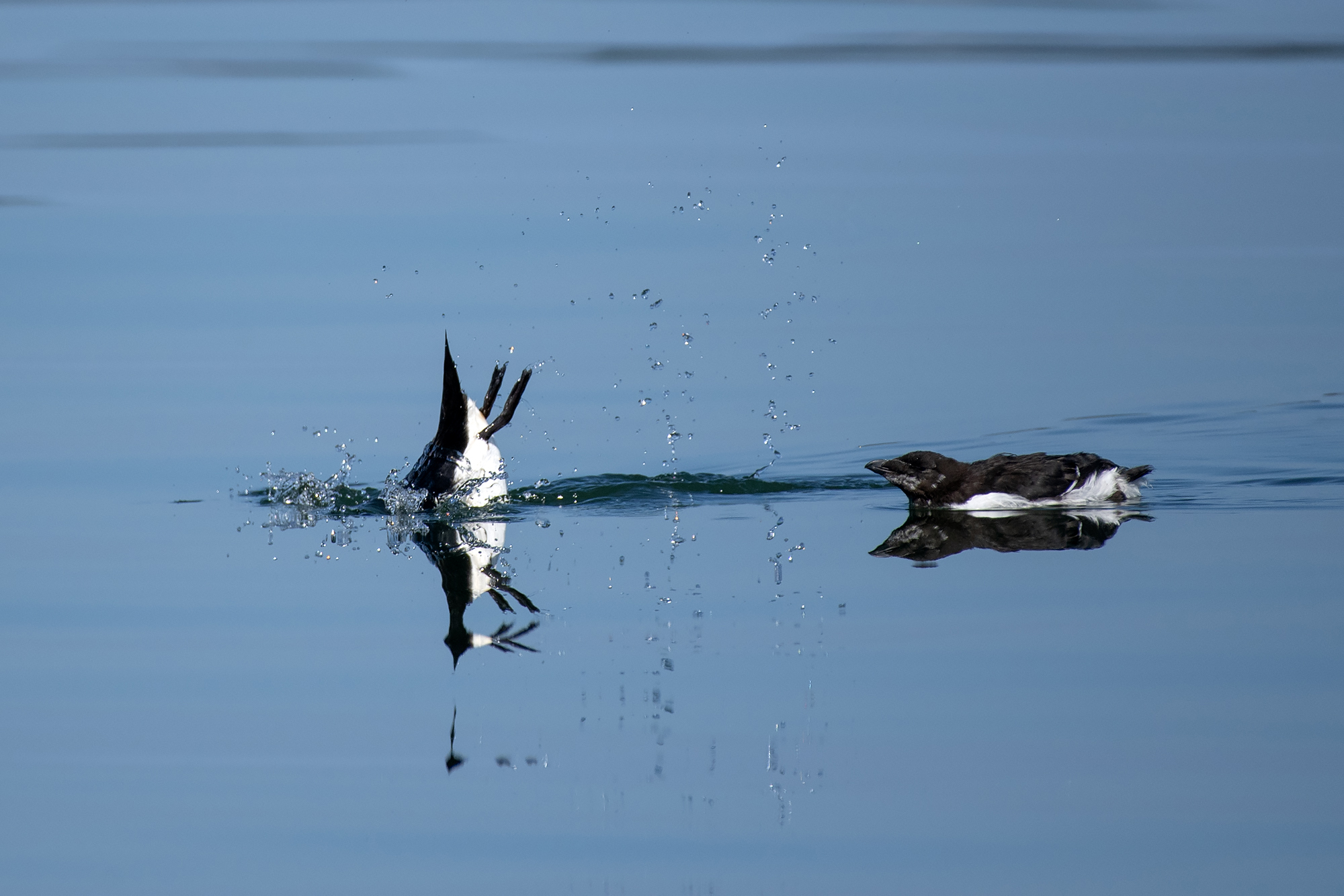
Leave a Comment
Stacy Ratel
September 28, 2024 at 5:44 am
Beautiful photograph and blog. The water is a mirror!